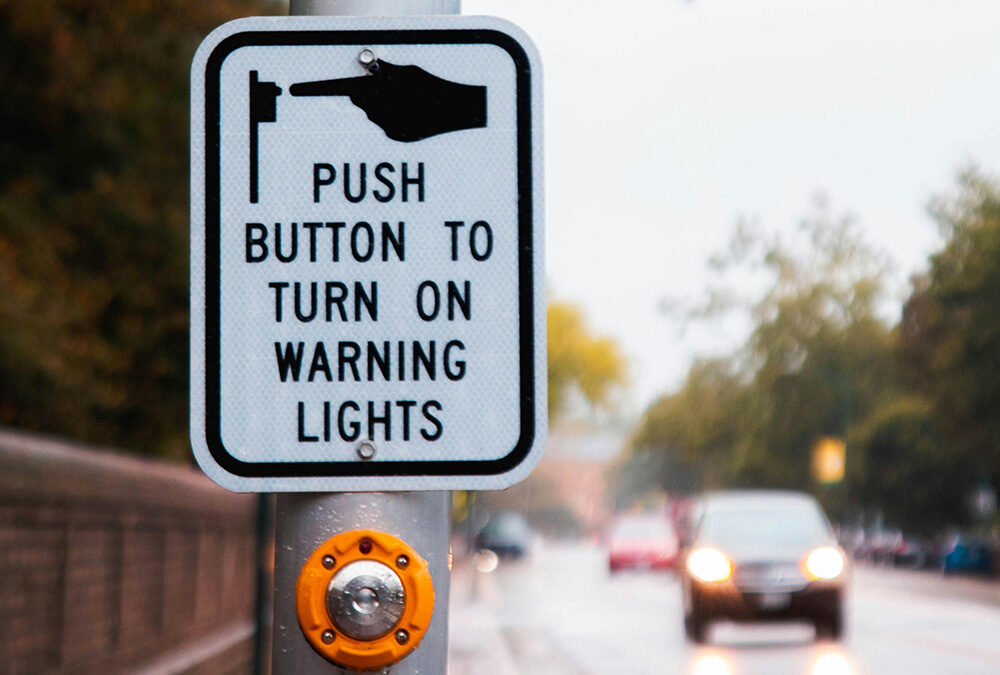You hear the term user experience design or UX design everywhere now, but do you know what it means?
User experience design is the practice of trying to make something feel good to use, which includes making it intuitive and efficient.
This field of study was started by a cognitive scientist named Donald Norman, who wrote The Design of Everyday Things.
He noticed that some objects he regularly encountered were extremely frustrating to use. Take, for instance, glass doors, especially ones without “push” or “pull” written near the handle. He says he often ran into them and watched others do the same. Now many people call those doors “Norman doors” after him.
I can think of a few things I’ve owned that were poorly designed and frustrated me continually. I had a nose hair trimmer that you turned on by twisting it at the bottom. If you turned it one way, it turned on, but if you turned it the other way, the battery fell out, and there was no indicator of which way was the right way to turn it! I finally had to buy a new one with a big on/off switch on the front.
On the other hand, a product that I always love to use is Google Maps. Every time I’m driving, I can’t believe how much better it is to have a voice telling me where to go, rather than having to look at a map, which takes my eyes off the road and puts everyone’s lives in danger. It also suggests new and faster routes and I get to see different areas that I’ve never seen before.
In addition to designing products, it’s also important to design experiences. For instance, I’m often confused when I walk into a restaurant. Many of them don’t have a host stand and I don’t know where to go to get a table. I always think, how could this restaurant design their space better so I instantly know where to go? Even just posting a sign that says, “Please seat yourself,” or, “Please wait to be seated,” can greatly improve a customer’s (user’s) experience.
User experience designers solve problems like these using the scientific process.
They start by studying how people are currently using something, then come up with theories on how to improve it, design prototypes, test them and get user feedback, and design a final product. The goal is always to improve the experience of using something.
Those are the basic ideas behind user experience design.

